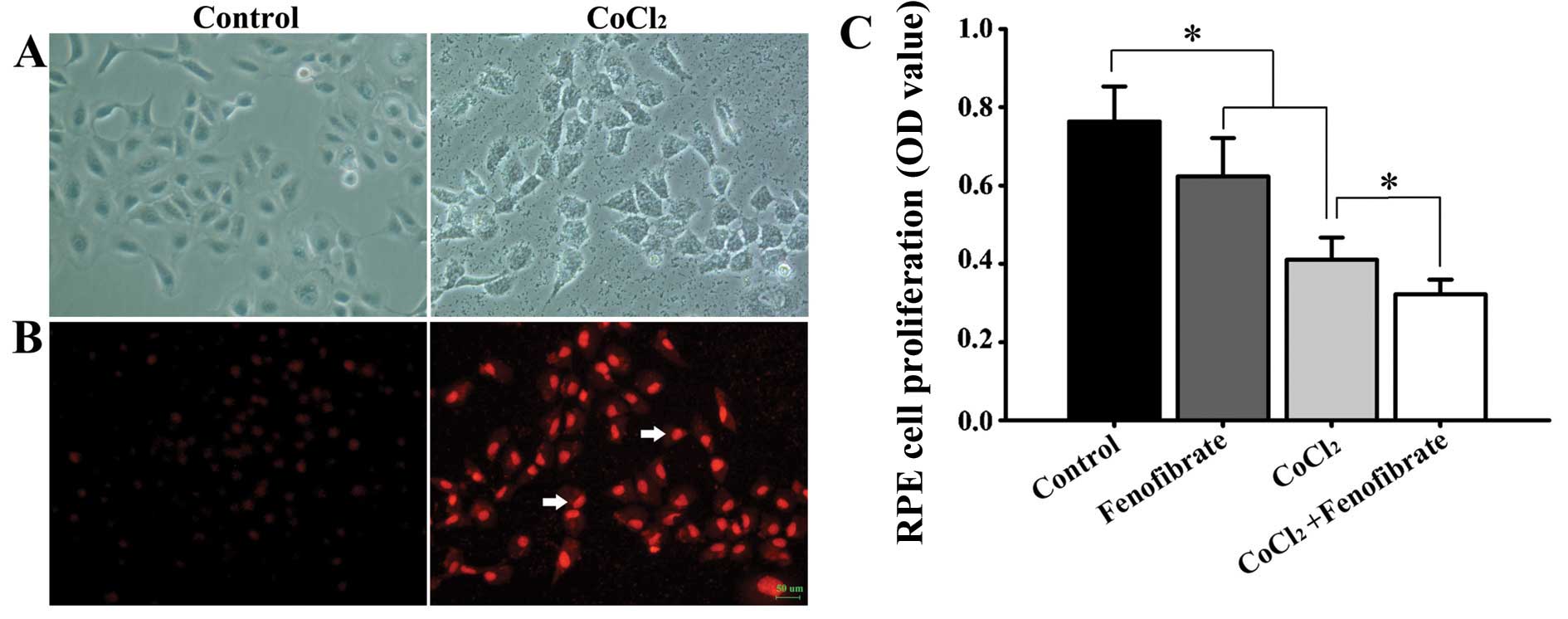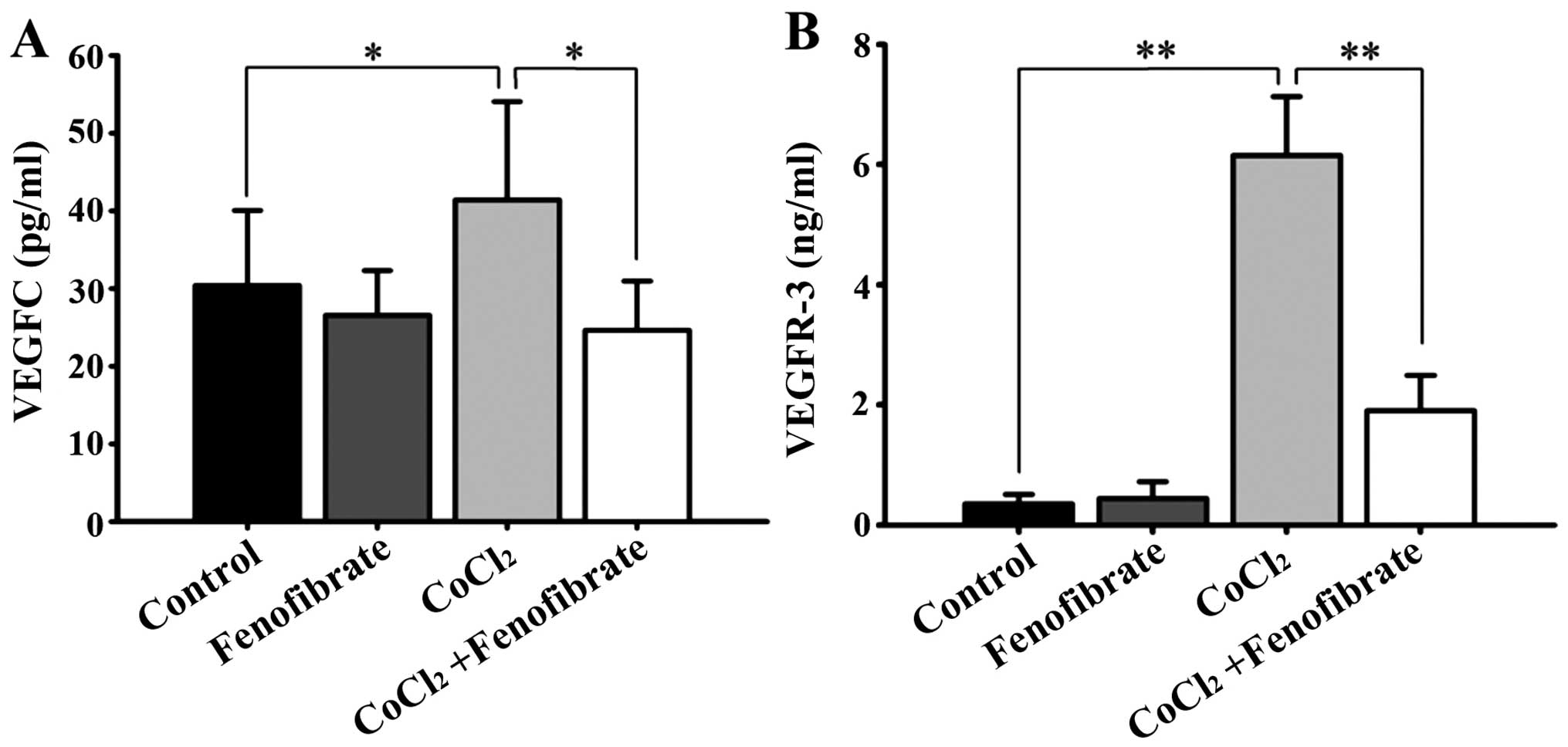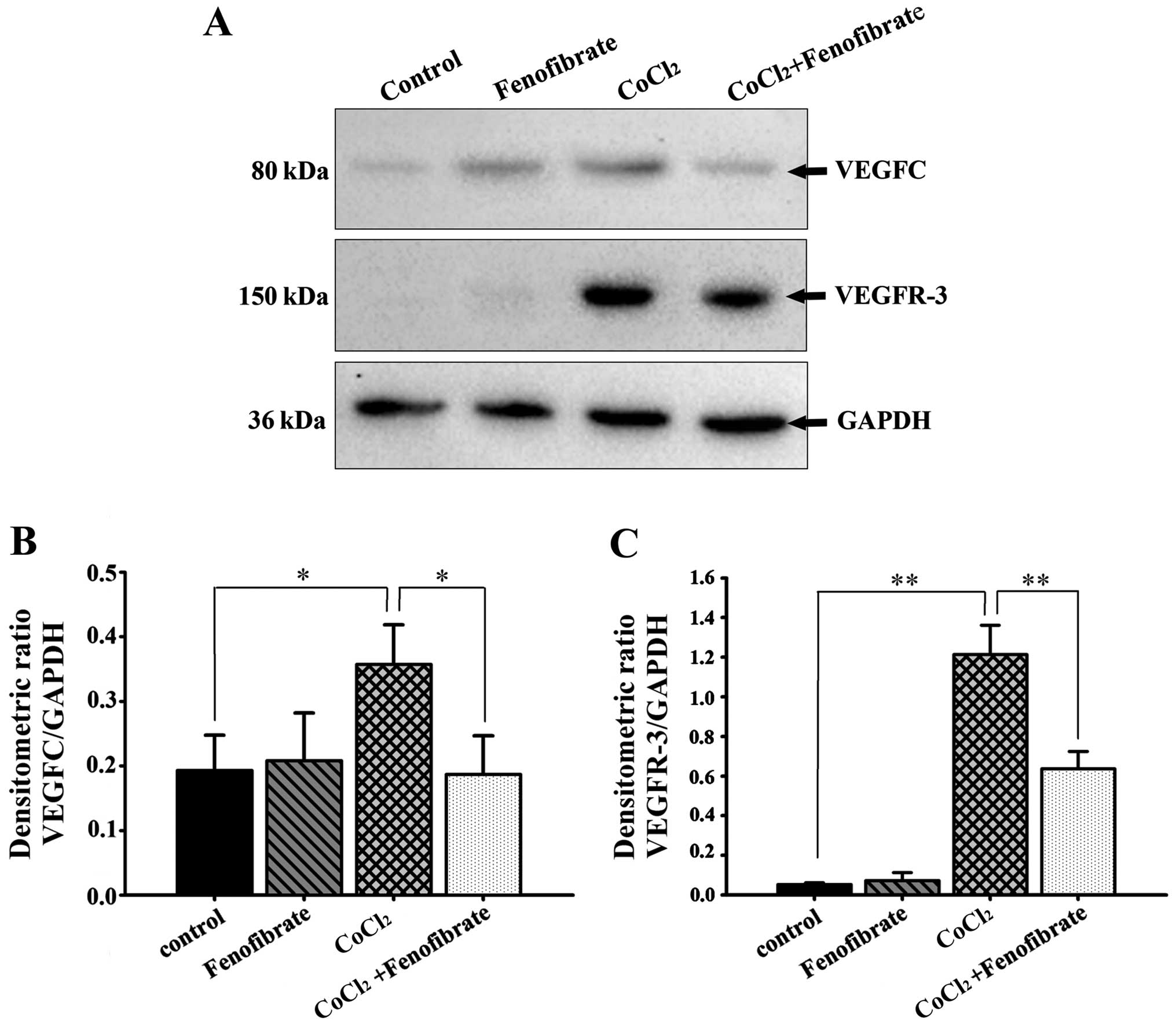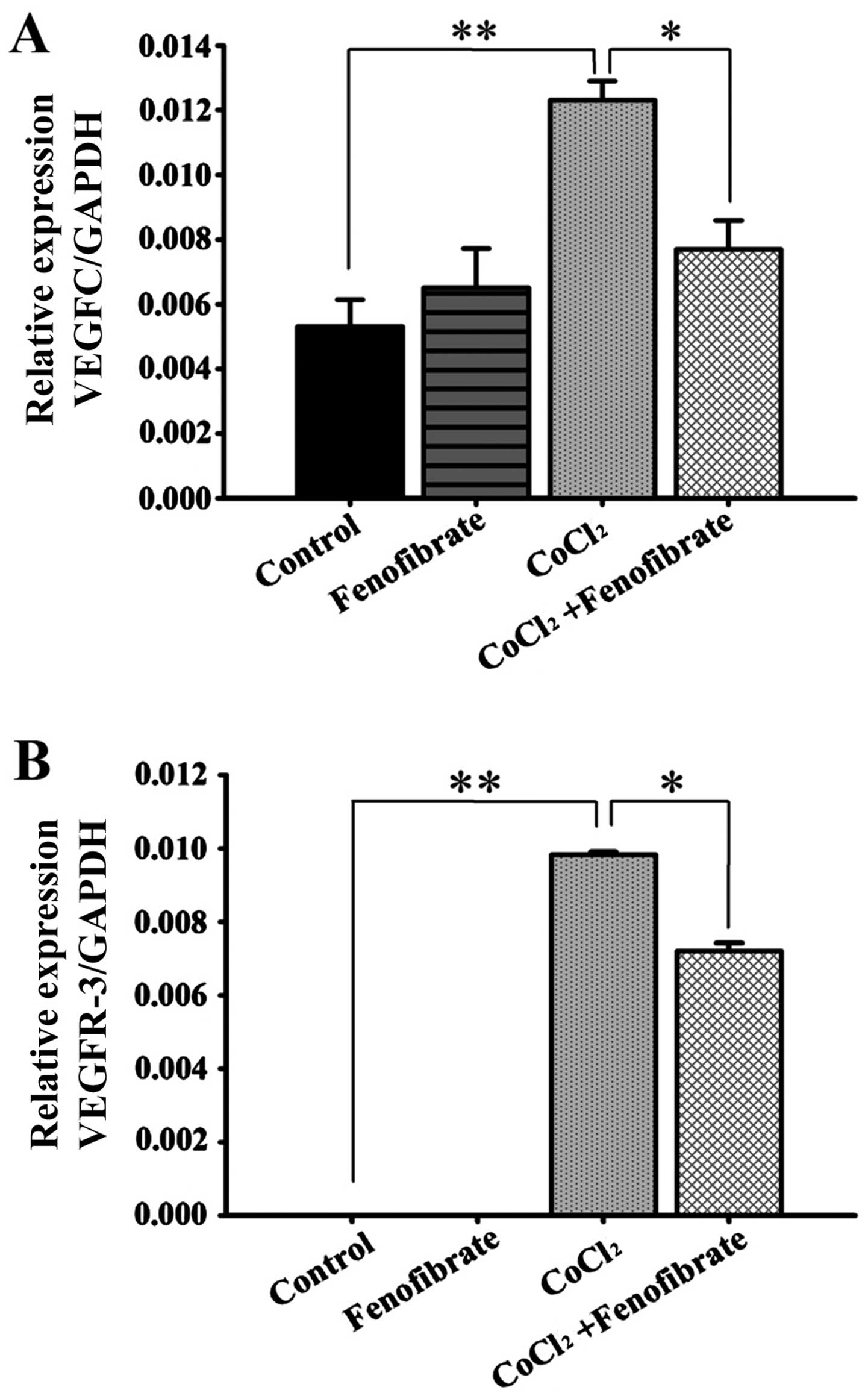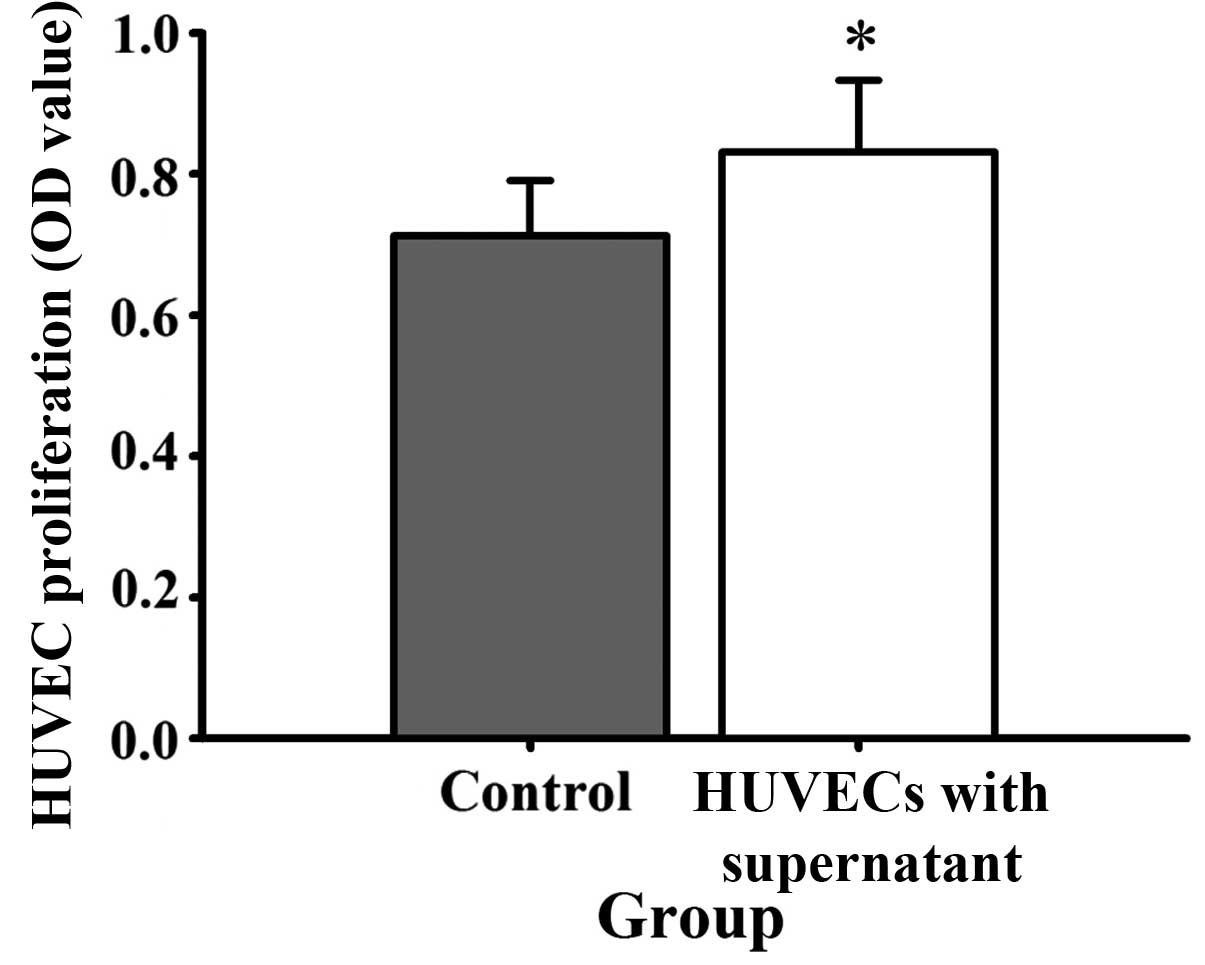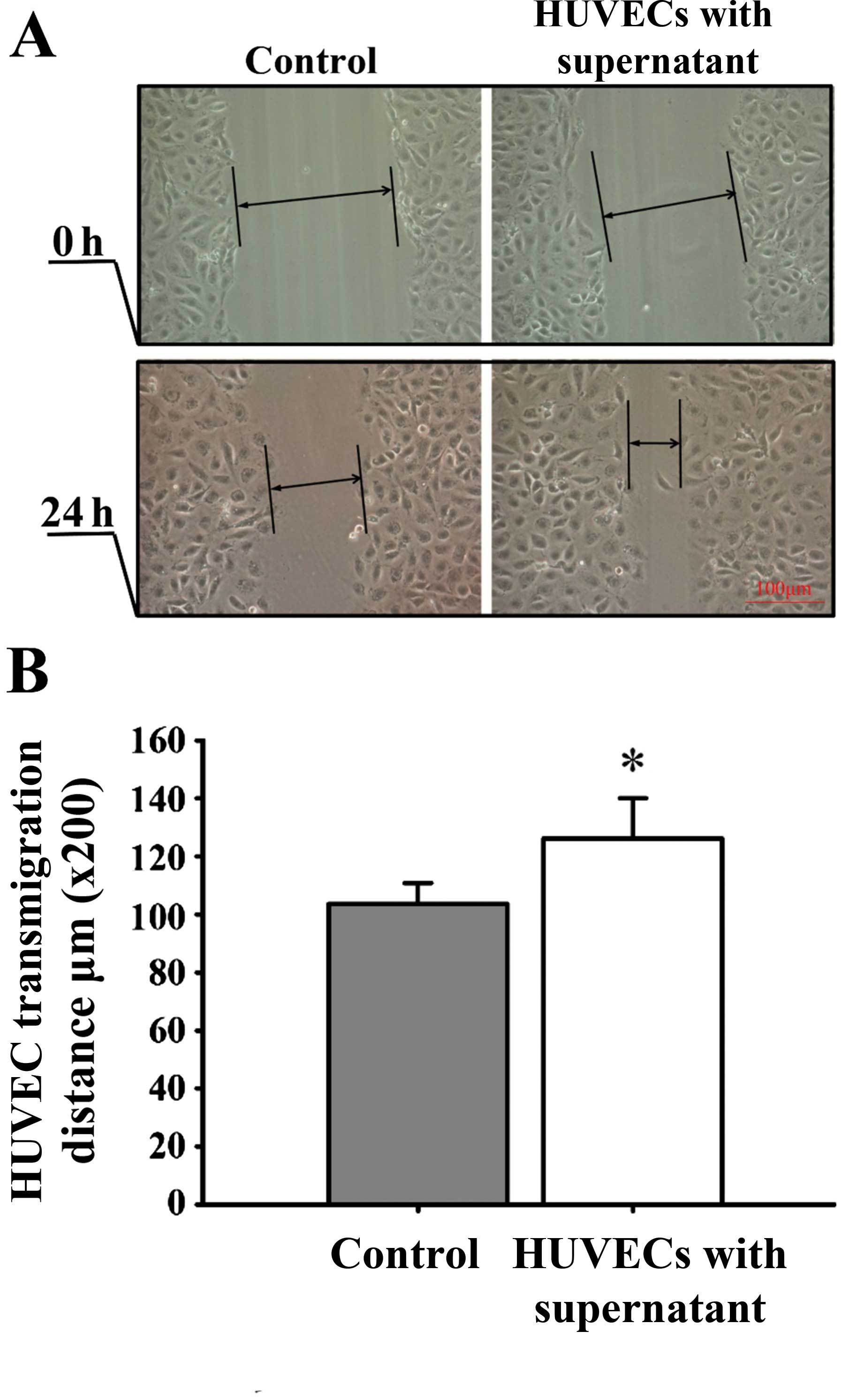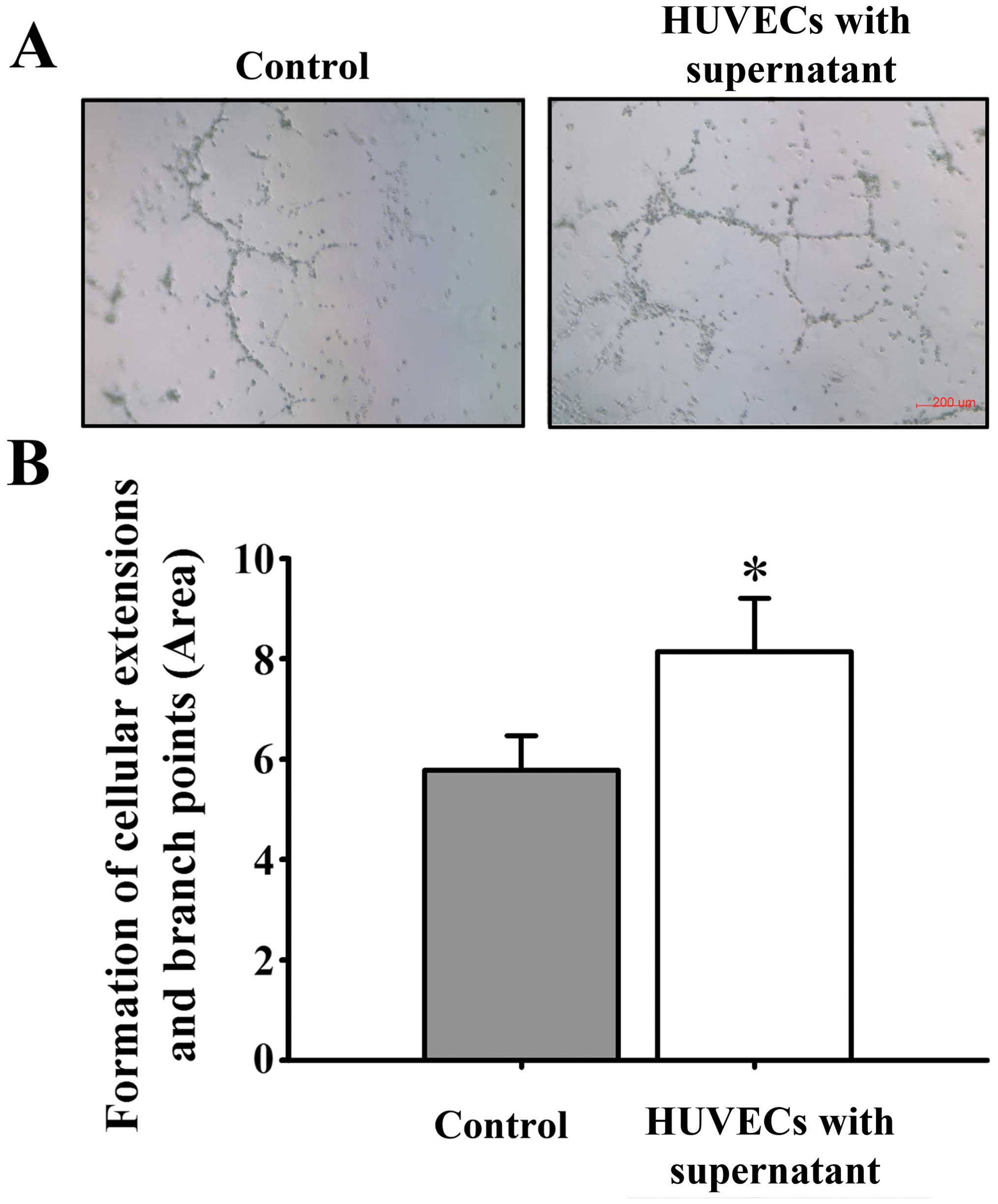|
1
|
Nowak JZ: Age-related macular degeneration
(AMD): Pathogenesis and therapy. Pharmacol Rep. 58:353–363.
2006.PubMed/NCBI
|
|
2
|
Das A and McGuire PG: Retinal and
choroidal angiogenesis: Pathophysiology and strategies for
inhibition. Prog Retin Eye Res. 22:721–748. 2003. View Article : Google Scholar : PubMed/NCBI
|
|
3
|
Campochiaro PA, Soloway P, Ryan SJ and
Miller JW: The pathogenesis of choroidal neovascularization in
patients with age-related macular degeneration. Mol Vis.
5:341999.PubMed/NCBI
|
|
4
|
Ambati J, Ambati BK, Yoo SH, Ianchulev S
and Adamis AP: Age-related macular degeneration: Etiology,
pathogenesis, and therapeutic strategies. Surv Ophthalmol.
48:257–293. 2003. View Article : Google Scholar : PubMed/NCBI
|
|
5
|
Blaauwgeers HG, Holtkamp GM, Rutten H,
Witmer AN, Koolwijk P, Partanen TA, Alitalo K, Kroon ME, Kijlstra
A, van Hinsbergh VW, et al: Polarized vascular endothelial growth
factor secretion by human retinal pigment epithelium and
localization of vascular endothelial growth factor receptors on the
inner choriocapillaris. Evidence for a trophic paracrine relation.
Am J Pathol. 155:421–428. 1999. View Article : Google Scholar : PubMed/NCBI
|
|
6
|
Ozturk BT, Bozkurt B, Kerimoglu H, Okka M,
Kamis U and Gunduz K: Effect of serum cytokines and VEGF levels on
diabetic retinopathy and macular thickness. Mol Vis. 15:1906–1914.
2009.PubMed/NCBI
|
|
7
|
Zhang P, Wang Y, Hui Y, Hu D, Wang H, Zhou
J and Du H: Inhibition of VEGF expression by targeting HIF-1 alpha
with small interference RNA in human RPE cells. Ophthalmologica.
221:411–417. 2007. View Article : Google Scholar : PubMed/NCBI
|
|
8
|
Gerhardt H, Golding M, Fruttiger M,
Ruhrberg C, Lundkvist A, Abramsson A, Jeltsch M, Mitchell C,
Alitalo K, Shima D, et al: VEGF guides angiogenic sprouting
utilizing endothelial tip cell filopodia. J Cell Biol.
161:1163–1177. 2003. View Article : Google Scholar : PubMed/NCBI
|
|
9
|
Gaengel K and Betsholtz C: Endocytosis
regulates VEGF signalling during angiogenesis. Nat Cell Biol.
15:233–235. 2013. View
Article : Google Scholar : PubMed/NCBI
|
|
10
|
Carvalho B, Freitas-Costa P,
Pinheiro-Costa J, Falcêo M, Carneiro  and Falcão-Reis F:
Evaluation of antiangiogenic treatment results in choroidal
neovascularization related to pathological myopia. Acta Med Port.
27:49–58. 2014.(In Portuguese). PubMed/NCBI
|
|
11
|
Casanovas O, Hicklin DJ, Bergers G,
Hanahan D, Carneiro  and Falcão-Reis F: Drug resistance by evasion
of antiangiogenic targeting of VEGF signaling in late-stage
pancreatic islet tumors. Cancer Cell. 8:299–309. 2005. View Article : Google Scholar : PubMed/NCBI
|
|
12
|
Jain RK: Normalization of tumor
vasculature: An emerging concept in antiangiogenic therapy.
Science. 307:58–62. 2005. View Article : Google Scholar : PubMed/NCBI
|
|
13
|
Jones D, Xu Z, Zhang H, He Y, Kluger MS,
Chen H and Min W: Functional analyses of the bone marrow kinase in
the X chromosome in vascular endothelial growth factor-induced
lymphangiogenesis. Arterioscler Thromb Vasc Biol. 30:2553–2561.
2010. View Article : Google Scholar : PubMed/NCBI
|
|
14
|
Tammela T, Zarkada G, Wallgard E,
Murtomäki A, Suchting S, Wirzenius M, Waltari M, Hellström M,
Schomber T, Peltonen R, et al: Blocking VEGFR-3 suppresses
angiogenic sprouting and vascular network formation. Nature.
454:656–660. 2008. View Article : Google Scholar : PubMed/NCBI
|
|
15
|
Clarijs R, Schalkwijk L, Hofmann UB,
Ruiter DJ and de Waal RM: Induction of vascular endothelial growth
factor receptor-3 expression on tumor microvasculature as a new
progression marker in human cutaneous melanoma. Cancer Res.
62:7059–7065. 2002.PubMed/NCBI
|
|
16
|
Paavonen K, Puolakkainen P, Jussila L,
Jahkola T and Alitalo K: Vascular endothelial growth factor
receptor-3 in lymphangiogenesis in wound healing. Am J Pathol.
156:1499–1504. 2000. View Article : Google Scholar : PubMed/NCBI
|
|
17
|
Yuasa T, Takahashi S, Hatake K, Yonese J
and Fukui I: Biomarkers to predict response to sunitinib therapy
and prognosis in metastatic renal cell cancer. Cancer Sci.
102:1949–1957. 2011. View Article : Google Scholar : PubMed/NCBI
|
|
18
|
Chen Y, Hu Y, Lin M, Jenkins AJ, Keech AC,
Mott R, Lyons TJ and Ma JX: Therapeutic effects of PPARα agonists
on diabetic retinopathy in type 1 diabetes models. Diabetes.
62:261–272. 2013. View Article : Google Scholar : PubMed/NCBI
|
|
19
|
Trudeau K and Roy S, Guo W, Hernández C,
Villarroel M, Simó R and Roy S: Fenofibric acid reduces fibronectin
and collagen type IV overexpression in human retinal pigment
epithelial cells grown in conditions mimicking the diabetic milieu:
Functional implications in retinal permeability. Invest Ophthalmol
Vis Sci. 52:6348–6354. 2011. View Article : Google Scholar : PubMed/NCBI
|
|
20
|
Walker AE, Kaplon RE, Lucking SM,
Russell-Nowlan MJ, Eckel RH and Seals DR: Fenofibrate improves
vascular endothelial function by reducing oxidative stress while
increasing endothelial nitric oxide synthase in healthy
normolipidemic older adults. Hypertension. 60:1517–1523. 2012.
View Article : Google Scholar : PubMed/NCBI
|
|
21
|
Sharma N, Ooi JL, Ong J and Newman D: The
use of fenofibrate in the management of patients with diabetic
retinopathy: an evidence-based review. Aust Fam Physician.
44:367–370. 2015.PubMed/NCBI
|
|
22
|
Fagan XJ and Chong EW: Fenofibrate and
diabetic retinopathy. Clin Experiment Ophthalmol. 43:297–299. 2015.
View Article : Google Scholar : PubMed/NCBI
|
|
23
|
Simó R, Simó-Servat O and Hernández C: Is
fenofibrate a reasonable treatment for diabetic microvascular
disease? Curr Diab Rep. 15:242015. View Article : Google Scholar : PubMed/NCBI
|
|
24
|
Lazzeri S, Orlandi P, Figus M, Fioravanti
A, Cascio E, Di Desidero T, Agosta E, Canu B, Sartini MS, Danesi R,
et al: The rs2071559 AA VEGFR-2 genotype frequency is significantly
lower in neovascular age-related macular degeneration patients.
ScientificWorldJournal. 2012:4201902015.
|
|
25
|
Izuta H, Chikaraishi Y, Shimazawa M,
Mishima S and Hara H: 10-Hydroxy-2-decenoic acid, a major fatty
acid from royal jelly, inhibits VEGF-induced angiogenesis in human
umbilical vein endothelial cells. Evid Based Complement Alternat
Med. 6:489–494. 2009. View Article : Google Scholar : PubMed/NCBI
|
|
26
|
Pourgholami MH, Khachigian LM, Fahmy RG,
Badar S, Wang L, Chu SW and Morris DL: Albendazole inhibits
endothelial cell migration, tube formation, vasopermeability, VEGF
receptor-2 expression and suppresses retinal neovascularization in
ROP model of angiogenesis. Biochem Biophys Res Commun. 397:729–734.
2010. View Article : Google Scholar : PubMed/NCBI
|
|
27
|
Liu HA, Liu YL, Ma ZZ, Wang JC and Zhang
Q: A lipid nanoparticle system improves siRNA efficacy in RPE cells
and a laser-induced murine CNV model. Invest Ophthalmol Vis Sci.
52:4789–4794. 2011. View Article : Google Scholar : PubMed/NCBI
|
|
28
|
Cao J, Zhao L, Li Y, Liu Y, Xiao W, Song
Y, Luo L, Huang D, Yancopoulos GD, Wiegand SJ, et al: A subretinal
matrigel rat choroidal neovascularization (CNV) model and
inhibition of CNV and associated inflammation and fibrosis by VEGF
trap. Invest Ophthalmol Vis Sci. 51:6009–6017. 2010. View Article : Google Scholar : PubMed/NCBI
|
|
29
|
Querques G, Thirkill CE, Hagege H,
Soubrane G and Souied EH: Choroidal neovascularization associated
with cancer-associated retinopathy. Acta Ophthalmol. 88:571–575.
2010. View Article : Google Scholar : PubMed/NCBI
|
|
30
|
Liu X, Du J and Xi Q: HIF-1α ODD
polypeptides increased the expression of HIF1 and VEGF in hypoxic
rat cortical neuron. Neurol Sci. 32:1029–1033. 2011. View Article : Google Scholar : PubMed/NCBI
|
|
31
|
Miyasaka A, Oda K, Ikeda Y, Sone K, Fukuda
T, Inaba K, Makii C, Enomoto A, Hosoya N, Tanikawa M, et al:
PI3K/mTOR pathway inhibition overcomes radioresistance via
suppression of the HIF1-α/VEGF pathway in endometrial cancer.
Gynecol Oncol. 138:174–180. 2015. View Article : Google Scholar : PubMed/NCBI
|
|
32
|
Nakajima T, Anayama T, Koike T, Shingyoji
M, Castle L, Kimura H, Yoshino I and Yasufuku K: Endobronchial
ultrasound doppler image features correlate with mRNA expression of
HIF1-α and VEGF-C in patients with non-small-cell lung cancer. J
Thorac Oncol. 7:1661–1667. 2012. View Article : Google Scholar : PubMed/NCBI
|
|
33
|
Wang H, Geisen P, Wittchen ES, King B,
Burridge K, D'Amore PA and Hartnett ME: The role of RPE
cell-associated VEGF189 in choroidal endothelial cell
transmigration across the RPE. Invest Ophthalmol Vis Sci.
52:570–578. 2011. View Article : Google Scholar : PubMed/NCBI
|
|
34
|
Padera TP and Jain RK: VEGFR3: A new
target for antiangiogenesis therapy? Dev Cell. 15:178–179. 2008.
View Article : Google Scholar : PubMed/NCBI
|
|
35
|
Dumont DJ, Jussila L, Taipale J,
Lymboussaki A, Mustonen T, Pajusola K, Breitman M and Alitalo K:
Cardiovascular failure in mouse embryos deficient in VEGF
receptor-3. Science. 282:946–949. 1998. View Article : Google Scholar : PubMed/NCBI
|
|
36
|
Wittig C, Scheuer C, Parakenings J, Menger
MD and Laschke MW: Geraniol suppresses angiogenesis by
downregulating vascular endothelial growth factor (VEGF)/VEGFR-2
signaling. PLoS One. 10:e01319462015. View Article : Google Scholar : PubMed/NCBI
|
|
37
|
Yi X, Mai LC, Uyama M and Yew DT:
Time-course expression of vascular endothelial growth factor as
related to the development of the retinochoroidal vasculature in
rats. Exp Brain Res. 118:155–160. 1998. View Article : Google Scholar : PubMed/NCBI
|
|
38
|
Le YZ, Bai Y, Zhu M and Zheng L: Temporal
requirement of RPE-derived VEGF in the development of choroidal
vasculature. J Neurochem. 112:1584–1592. 2010. View Article : Google Scholar : PubMed/NCBI
|
|
39
|
Milosavljevic D, Griglio S, Le Naour G and
Chapman MJ: Preferential reduction of very low density
lipoprotein-1 particle number by fenofibrate in type IIB
hyperlipidemia: Consequences for lipid accumulation in human
monocyte-derived macrophages. Atherosclerosis. 155:251–260. 2001.
View Article : Google Scholar : PubMed/NCBI
|
|
40
|
Panigrahy D, Kaipainen A, Huang S,
Butterfield CE, Barnés CM, Fannon M, Laforme AM, Chaponis DM,
Folkman J and Kieran MW: PPARalpha agonist fenofibrate suppresses
tumor growth through direct and indirect angiogenesis inhibition.
Proc Natl Acad Sci USA. 105:985–990. 2008. View Article : Google Scholar : PubMed/NCBI
|
|
41
|
Meissner M, Stein M, Urbich C, Reisinger
K, Suske G, Staels B, Kaufmann R and Gille J: PPARalpha activators
inhibit vascular endothelial growth factor receptor-2 expression by
repressing Sp1-dependent DNA binding and transactivation. Circ Res.
94:324–332. 2004. View Article : Google Scholar : PubMed/NCBI
|
|
42
|
Noonan JE, Jenkins AJ, Ma JX, Keech AC,
Wang JJ and Lamoureux EL: An update on the molecular actions of
fenofibrate and its clinical effects on diabetic retinopathy and
other microvascular end points in patients with diabetes. Diabetes.
62:3968–3975. 2013. View Article : Google Scholar : PubMed/NCBI
|
|
43
|
Ge Y, Liu J, Yang X, Zhu H, Yang B, Zhao
K, Wu Z, Cheng G, Wang F, Ni F, et al: Fenofibrate enhances
radiosensitivity of esophageal squamous cell carcinoma by
suppressing hypoxia-inducible factor-1α expression. Tumour Biol.
35:10765–10771. 2014. View Article : Google Scholar : PubMed/NCBI
|



